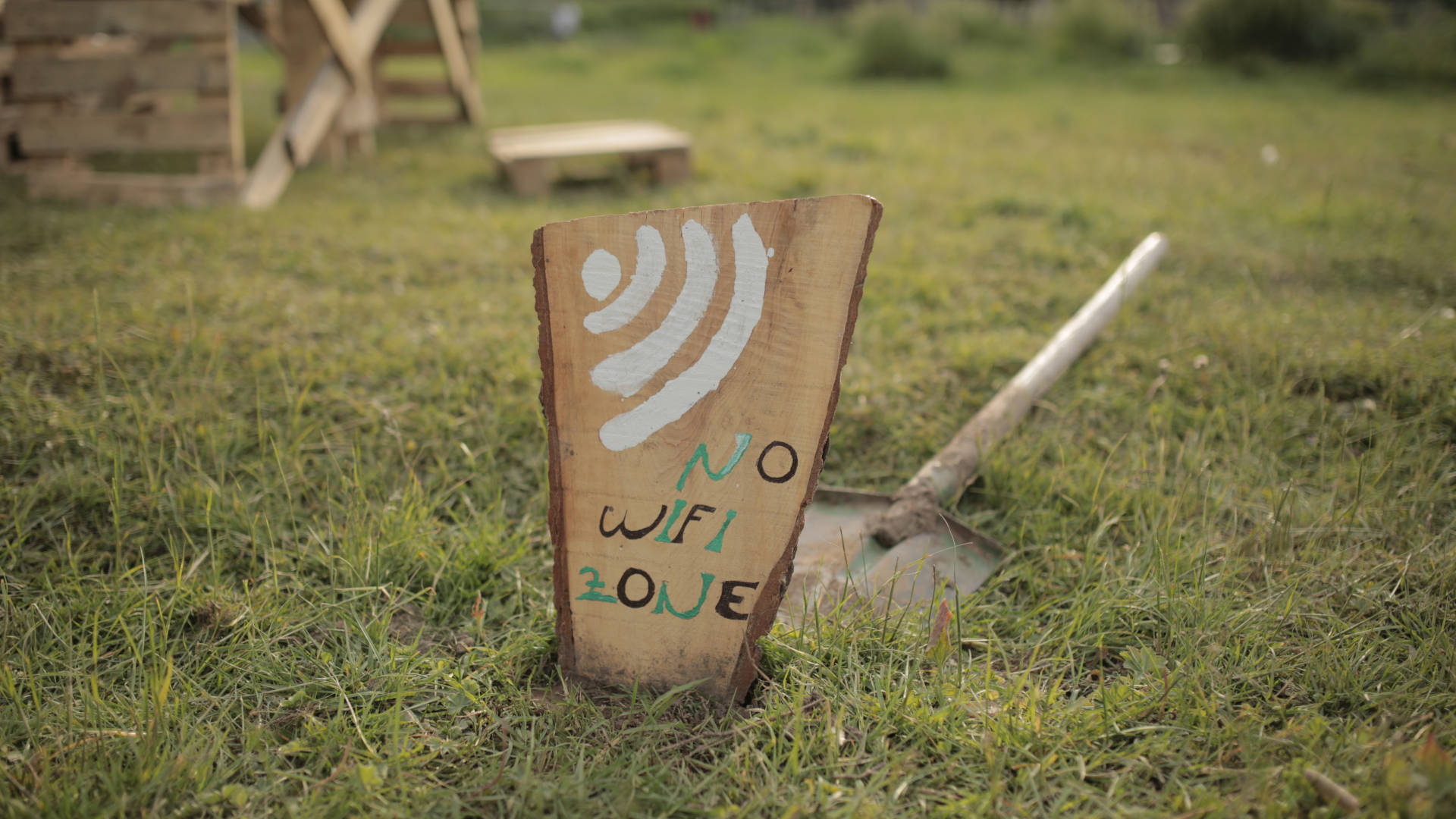
By Adrian Wan, Internet Society
Data from the International Telecommunication Union (ITU), released this September, reveals that 2.6 billion individuals, constituting 33% of the world’s population, still lack access to the Internet. Notably, this figure represents a reduction from last year’s count of 2.7 billion, indicating that approximately 100 million people have gained online connectivity in the past year.
While this progress is indeed heartening, it is important to acknowledge that the rate of growth has significantly decelerated when compared to the rapid expansion observed during the global pandemic. During that period, there was a surge in connectivity initiatives aimed at delivering crucial public services, such as education and healthcare.
Beneath these figures lies a troubling reality: the digital divide in Southeast Asia is both deepening and expanding. The region is home to countries that are both well above and well below the world average in terms of digital access.
While the connected world revels in advanced technologies facilitated by the Internet, including 5G, artificial intelligence, and the metaverse, those without access are left to grapple with daily missed opportunities and widening disparities. This is particularly true in rural, remote, and urban low-income areas, where numerous obstacles obstruct broadband access. Commercial Internet service providers often fail to see a profitable business model for delivering affordable broadband to such areas, citing factors like low population density, household income, and challenging terrain that result in minimal returns on investment.
Beyond infrastructure challenges, other factors contribute to the growing digital divide, including a lack of affordable access, regulatory and policy barriers, high deployment costs, and a deficit in digital skills and locally relevant content.
The urgency of narrowing this digital chasm cannot be overstated. Populations without Internet access increasingly find themselves falling behind in crucial areas such as employment, education, healthcare, and more.
Community networks paving the way forward in bridging the connectivity gap
Community networks, a grassroots solution to Internet connectivity challenges, offer a promising path forward. We have long advocated for these inclusive, community-driven networks as a means to bridge the connectivity gap. Often referred to as “do-it-yourself” networks, they are steadily gaining traction among communities in need of connectivity. These networks utilise a range of technologies, with an emphasis on basic and affordable wireless equipment. Their small-scale, local nature results in low logistical and administrative demands, rendering them economically and environmentally sustainable, frequently powered by renewable energy sources like solar power.
The Internet Society and our partners worldwide have demonstrated that with the right conditions and support, connectivity can emerge even in the most remote villages or communities. For example, in Indonesia, a local non-profit successfully connected Ciptagelar village in West Java province, filling the void left when government subsidies for Internet access expired. Collaborating with local technology providers and adhering to regulatory frameworks, they introduced a WiFi voucher business model that has since connected 12 remote villages in two provinces, bringing opportunities to 1,200 daily users.
In the Philippines, the U.S. Agency for International Development (USAID) has undertaken a significant initiative through its Better Access and Connectivity (BEACON) program. According to BEACON, this program has successfully launched six satellite-powered community networks and has ambitious plans to expand these networks across the entire country. Working in collaboration with its Philippine government agency partners, namely the Philippine Space Agency (PhilSA) and the Department of Science and Technology – Advanced Science and Technology (DOST-ASTI), BEACON has been instrumental in providing Low Earth Orbit (LEO)-based Internet connectivity, courtesy of SpaceX Starlink, to 1,000 households in Batanes, Aurora, and Quezon Province. In addition, BEACON and Kacific Broadband launched three community networks in Butuan City, enabling 600 farming households to access stable and reliable internet.
Similarly, in Malaysia, a team at the University of Technology Sarawak connected a portion of the Bawang Assan community in Sibu, Sarawak, creating the country’s first community network. Located approximately 25 km from Sibu, the area is about a 45-minute car journey away. The aim was to promote tourism in the Iban people’s settlement, and they accomplished this by establishing WiFi access points connected to the core network via fiber, initially utilising existing electricity lines. Around 80 residents in a longhouse now enjoy high-speed Internet, averaging 70Mbps.
However, a local policy mandating a yearly license fee of 7,500 Ringgit (approximately US$1,600) raises concerns about the cost-effectiveness of replicating this network in other communities within the region.
Policy-related challenges, such as the one just mentioned, underscore that while these complementary models have demonstrated success in adapting to local conditions and needs, they now stand at a critical juncture. To maximise their impact in connecting the unconnected, policymakers must create an enabling regulatory environment for these DIY solutions to thrive. This could involve integrating such complementary solutions into national broadband plans, connectivity and telecommunications strategies, and digitisation policies. Furthermore, streamlining licensing regulations and procedures while addressing spectrum and financing requirements is essential.
Undoubtedly, Southeast Asia’s digital economy is evolving rapidly, and technology will continue to play a pivotal role in advancing the region’s development. The trajectory of this development can and should be inclusive, equitable, and sustainable. In the spirit of inclusivity, we must remember that the Internet is for everyone.
About the writer
Adrian Wan is Senior Manager, Policy and Advocacy at Internet Society, a global charitable organization advocating for an open, globally connected, secure, and trustworthy Internet for everyone. He co-leads a global team to connect the unconnected to the Internet.
The views and recommendations expressed in this article are solely of the author/s and do not necessarily reflect the views and position of the Tech for Good Institute.



